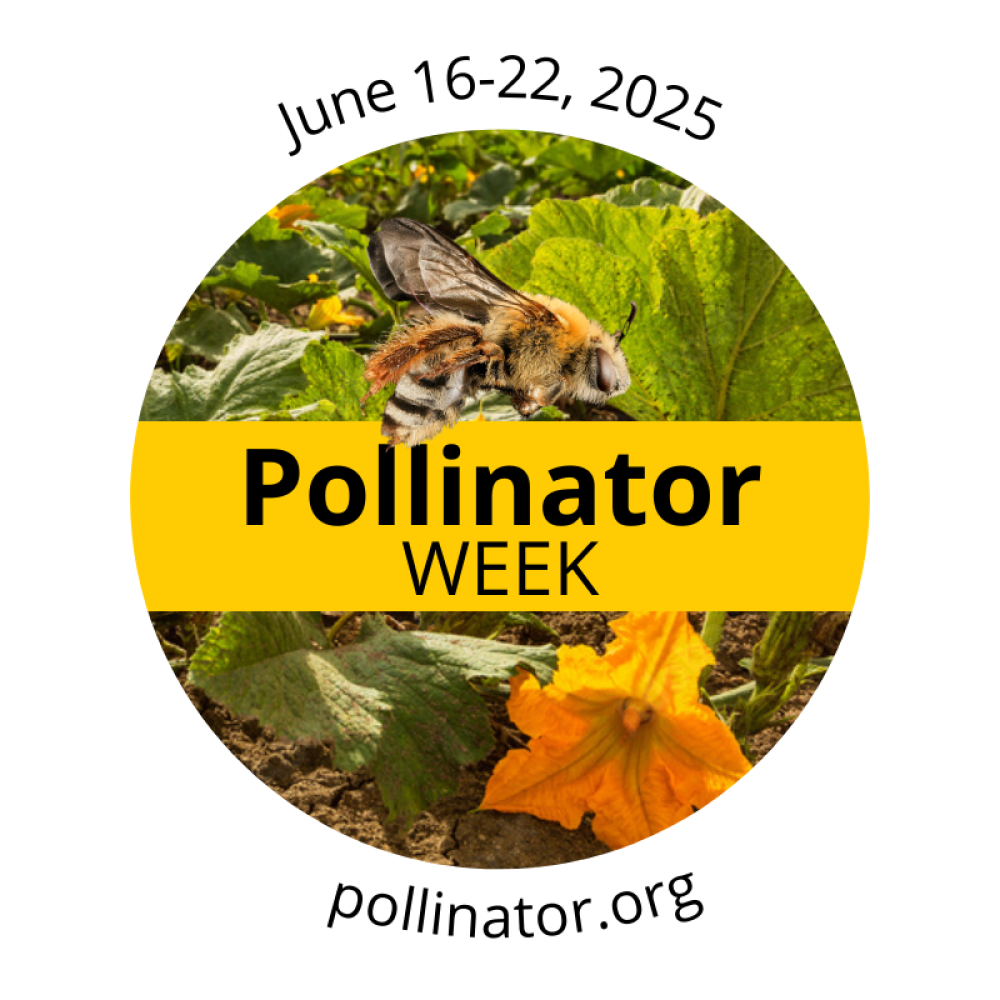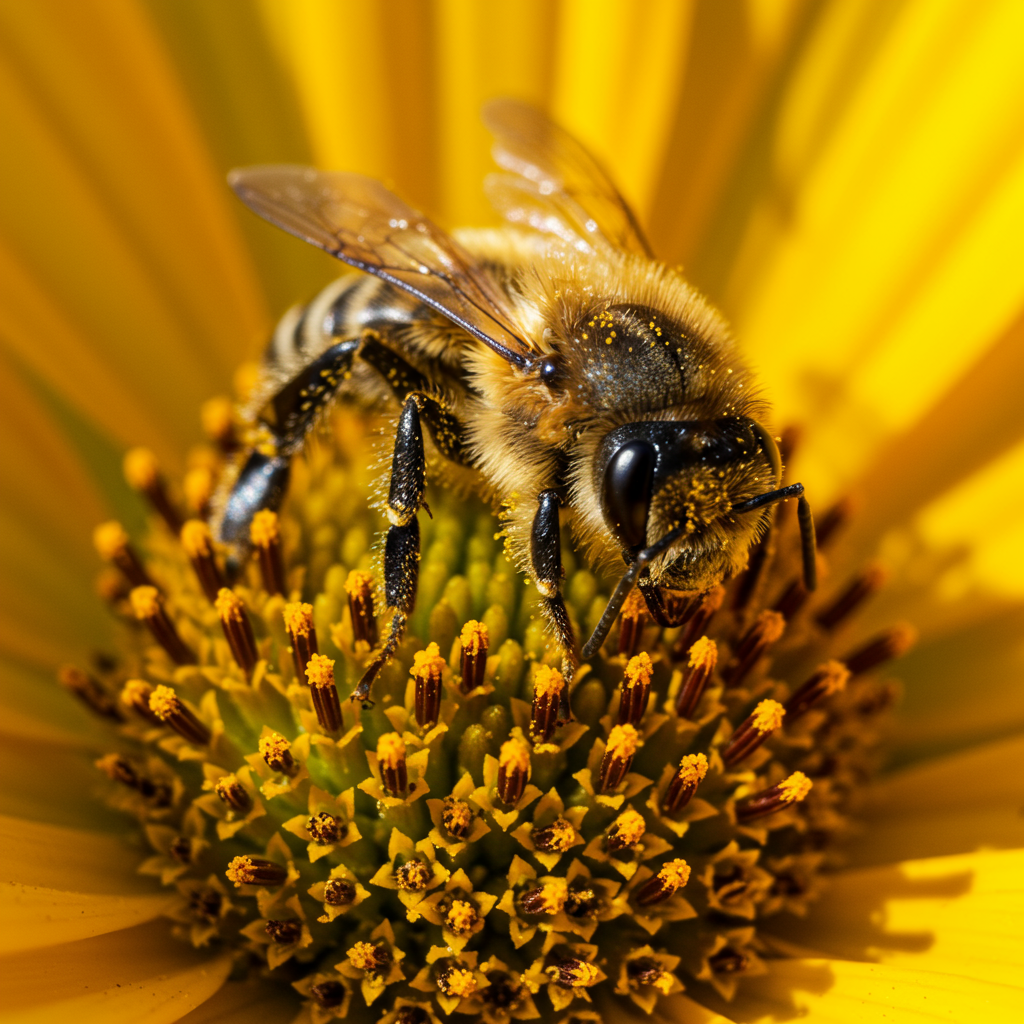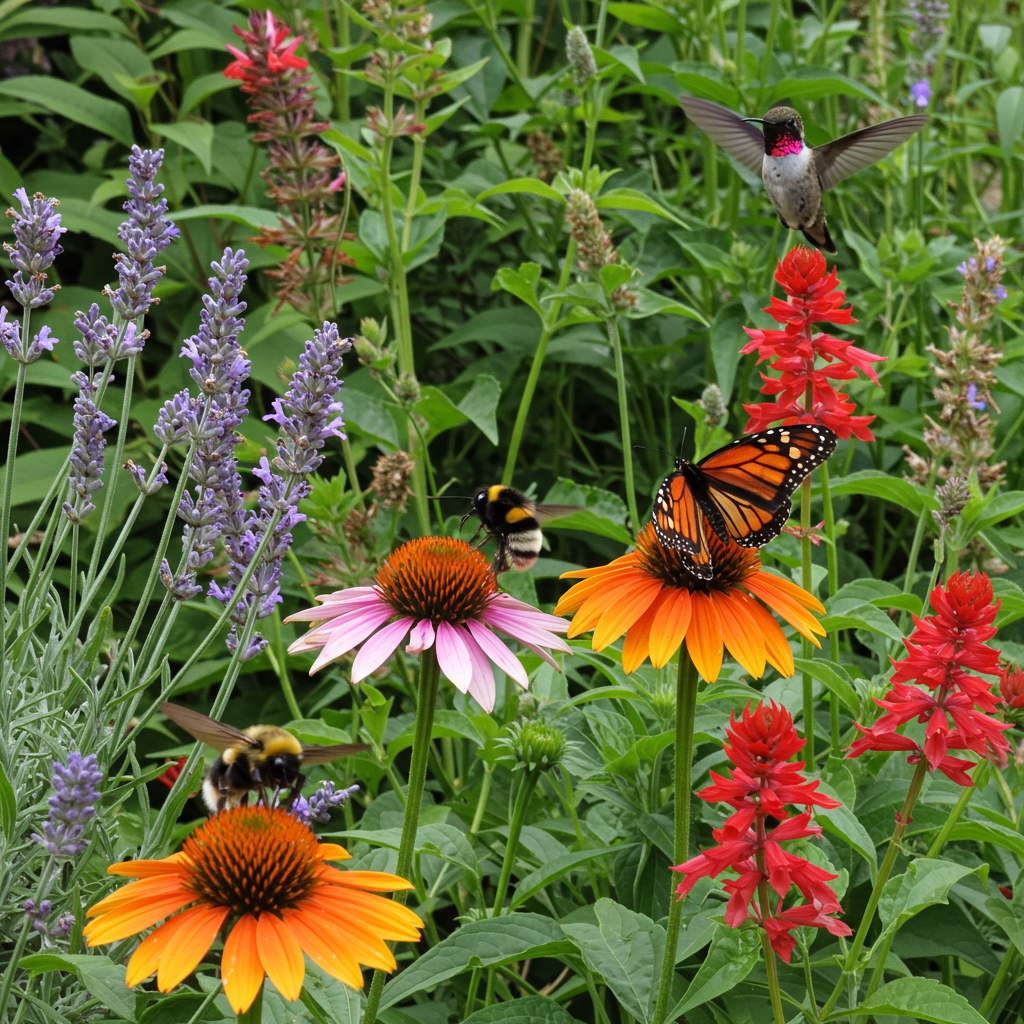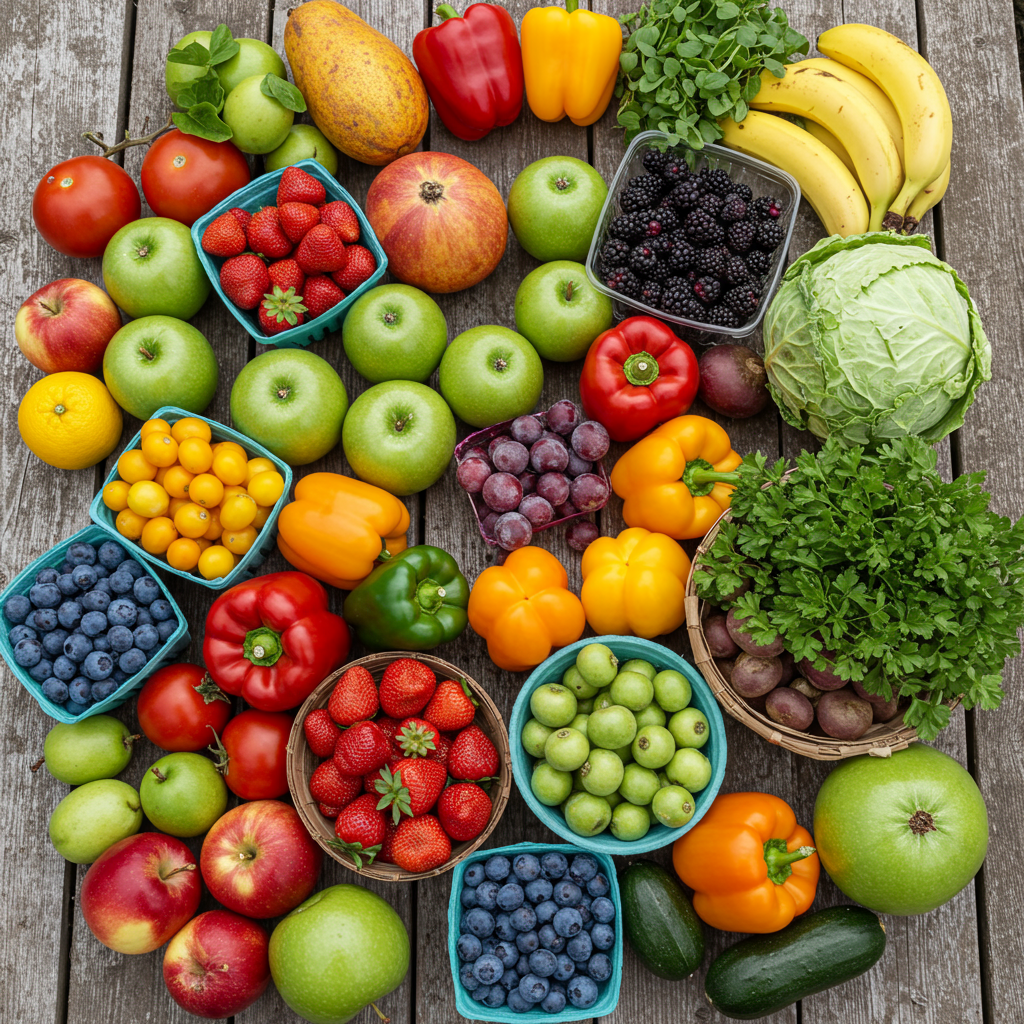This week, June 16-22 is here and communities nationwide gear up to honor the unsung heroes vital to our food and ecosystems.
As summer officially begins, a crucial observance takes center stage from June 16 to 22, 2025: National Pollinator Week. This annual event, spearheaded by the Pollinator Partnership, serves as a vital reminder of the immense contributions that bees, butterflies, birds, bats, and countless other creatures make to our planet’s health, our food supply, and the intricate web of life. Under the inspiring theme, “Pollinators Weave Connections,” this year’s celebration highlights the profound interconnectedness these tiny workers create across ecosystems, economies, and even human culture.

From Capitol Hill to Community Gardens: How It All Began
The roots of National Pollinator Week stretch back to a growing awareness of declining pollinator populations in the early 21st century. Recognizing the critical role these animals play, particularly in agriculture, the U.S. Senate unanimously approved a resolution in 2007, championed by then-Georgia Senator Saxby Chambliss, designating a week in June as “National Pollinator Week.” This marked a pivotal step, transforming a burgeoning concern into a nationwide call to action.
Since its humble beginnings, Pollinator Week has blossomed into an international phenomenon. It’s now celebrated not only across all U.S. states and territories, but also in Canada, Mexico, and several European nations. This widespread adoption underscores a shared global understanding of the urgent need to protect these essential creatures.

A Week of Buzzing Activity: How We Observe
National Pollinator Week is observed through a vibrant tapestry of events and initiatives, both large and small. Communities, organizations, and individuals participate in myriad ways, reflecting the diverse approaches to pollinator conservation:
- Planting for Pollinators: A cornerstone activity involves planting native, pollinator-friendly gardens in backyards, schoolyards, parks, and even urban balconies. Providing essential food and habitat is seen as one of the most direct ways to help.
- Educational Workshops & Webinars: From online bee and butterfly identification courses to lectures on native plants and their specific pollinator needs, educational events raise public awareness and foster deeper understanding.
- Farmers Market Celebrations: Many local farmers markets host special events, highlighting the connection between pollinators and the abundance of fresh produce.
- Citizen Science: Programs like The Great Sunflower Project encourage individuals to observe and record pollinator activity, contributing valuable data to scientific research.
- Government Proclamations & Lightings: Governors and local officials often sign proclamations recognizing the week, and significant landmarks are sometimes illuminated in pollinator-friendly colors to draw attention.
- Social Media Campaigns: The hashtag #PollinatorWeek buzzes with activity, as individuals and groups share their efforts, successes, and tips for supporting pollinators.
This collaborative spirit, from grassroots efforts to official recognition, ensures that the message of pollinator health reaches a broad audience.

Nature’s Master Workers: The Diverse World of Pollinators
Pollination is the vital process by which pollen is transferred from the male part of a flower to the female part, enabling fertilization and the production of seeds and fruits. While bees often steal the spotlight, the world of pollinators is incredibly diverse, with each group playing a unique role:
- Bees: Arguably the most efficient pollinators, bees (including honeybees, bumblebees, and thousands of native solitary bee species) have hairy bodies that readily collect pollen. They visit flowers for both nectar (energy) and pollen (protein for their young). Some, like certain native bees, are “buzz pollinators,” using vibrations to release pollen from specific flowers.
- Butterflies: With their long proboscises, butterflies are excellent at sipping nectar from deep, tubular flowers. As they flit from bloom to bloom, pollen can stick to their bodies, facilitating transfer. They are often attracted to brightly colored flowers.
- Moths: Many moths are nocturnal, pollinating flowers that open and become most fragrant at night. These flowers are often white or pale to reflect moonlight, guiding their fuzzy visitors. The Yucca moth, for instance, has an exclusive and highly symbiotic relationship with Yucca plants, actively pollinating them in exchange for a place to lay its eggs.
- Bats: In tropical and desert regions, bats are crucial pollinators for over 300 types of fruit, including bananas, avocados, and mangoes. They are also the sole pollinators of agave, the plant used to make tequila. Like moths, they are often attracted to large, pale, fragrant night-blooming flowers.
- Beetles: Historically, beetles were among the earliest pollinators of flowering plants. They tend to feed on pollen and parts of the flower itself, inadvertently spreading pollen as they move.
- Birds: Hummingbirds, with their long beaks, are key pollinators for tubular, brightly colored flowers, especially those with deep nectar reserves. Pollen adheres to their feathers around their bills.
- Flies: While often overlooked, many species of flies, such as hoverflies, are important pollinators, visiting flowers for nectar and pollen, often mimicking bees or wasps.
- Other Small Mammals & Wind/Water: In some ecosystems, small mammals like lemurs or geckos can also act as pollinators. Furthermore, abiotic factors like wind and water play significant roles in pollinating crops such as corn, wheat, and rice.
The Indispensable Role: Why Pollinators Are So Important
The services provided by pollinators are not just a fascinating aspect of nature; they are an economic and ecological imperative for human survival.
- Food Security: An astonishing one out of every three bites of food we eat directly depends on animal pollinators. This includes a vast array of fruits (apples, blueberries, melons), vegetables (squash, peppers), nuts (almonds), coffee, chocolate, and even many spices and medicines. Without pollinators, the diversity and availability of our food supply would drastically shrink.
- Ecosystem Health and Biodiversity: Pollinators are considered “keystone species” because their role is fundamental to the health and stability of entire ecosystems. Over 80% of all flowering plants rely on pollination services. By supporting plant reproduction, pollinators maintain plant diversity, which in turn provides food and habitat for countless other species.
- Economic Contribution: Globally, pollinators contribute an estimated $217 billion to the economy, a testament to their profound impact on agricultural yields and related industries.

Facing the Crisis: Threats and Solutions
Despite their critical importance, pollinator populations worldwide are facing alarming declines. Major threats include:
- Habitat Loss: Urbanization, agriculture, and land development destroy the natural areas where pollinators find food, water, and shelter.
- Pesticide Use: Insecticides, particularly neonicotinoids, can be highly toxic to bees and other insects, even at low doses.
- Climate Change: Shifting weather patterns can disrupt the delicate timing between pollinator emergence and flower blooms.
- Disease and Parasites: Introduced pathogens and parasites, especially in managed bee populations, can devastate wild pollinator colonies.
Fortunately, individuals and communities can take action. Simple steps like planting diverse native flowers that bloom throughout the seasons, reducing or eliminating pesticide use, providing water sources, and leaving undisturbed natural areas can make a significant difference. Engaging in citizen science, supporting local conservation efforts, and spreading awareness are also powerful ways to contribute.
As National Pollinator Week 2025 unfolds under the theme “Pollinators Weave Connections,” it calls upon us to recognize our own connection to these vital creatures. By understanding their plight and taking concrete actions, we can help ensure that our world continues to thrive with the vibrant diversity that pollinators tirelessly provide.